Differential roles of unsaturated and saturated fatty acids on autophagy and apoptosis in hepatocytes
- PMID: 21856859
- PMCID: PMC3199993
- DOI: 10.1124/jpet.111.184341
Differential roles of unsaturated and saturated fatty acids on autophagy and apoptosis in hepatocytes
Abstract
Fatty acid-induced lipotoxicity plays a critical role in the pathogenesis of nonalcoholic liver disease. Saturated fatty acids and unsaturated fatty acids have differential effects on cell death and steatosis, but the mechanisms responsible for these differences are not known. Using cultured HepG2 cells and primary mouse hepatocytes, we found that unsaturated and saturated fatty acids differentially regulate autophagy and apoptosis. The unsaturated fatty acid, oleic acid, promoted the formation of triglyceride-enriched lipid droplets and induced autophagy but had a minimal effect on apoptosis. In contrast, the saturated fatty acid, palmitic acid, was poorly converted into triglyceride-enriched lipid droplets, suppressed autophagy, and significantly induced apoptosis. Subsequent studies revealed that palmitic acid-induced apoptosis suppressed autophagy by inducing caspase-dependent Beclin 1 cleavage, indicating cross-talk between apoptosis and autophagy. Moreover, our data suggest that the formation of triglyceride-enriched lipid droplets and induction of autophagy are protective mechanisms against fatty acid-induced lipotoxicity. In line with our in vitro findings, we found that high-fat diet-induced hepatic steatosis was associated with autophagy in the mouse liver. Potential modulation of autophagy may be a novel approach that has therapeutic benefits for obesity-induced steatosis and liver injury.
Figures


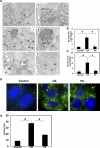
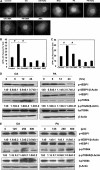
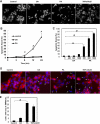

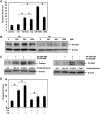
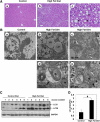
References
-
- Baylin A, Kabagambe EK, Siles X, Campos H. (2002) Adipose tissue biomarkers of fatty acid intake. Am J Clin Nutr 76:750–757 - PubMed
-
- Chalasani N, Deeg MA, Crabb DW. (2004) Systemic levels of lipid peroxidation and its metabolic and dietary correlates in patients with nonalcoholic steatohepatitis. Am J Gastroenterol 99:1497–1502 - PubMed
-
- Choi SE, Lee SM, Lee YJ, Li LJ, Lee SJ, Lee JH, Kim Y, Jun HS, Lee KW, Kang Y. (2009) Protective role of autophagy in palmitate-induced INS-1 beta-cell death. Endocrinology 150:126–134 - PubMed
Publication types
MeSH terms
Substances
Grants and funding
LinkOut - more resources
Full Text Sources
Other Literature Sources
Miscellaneous
